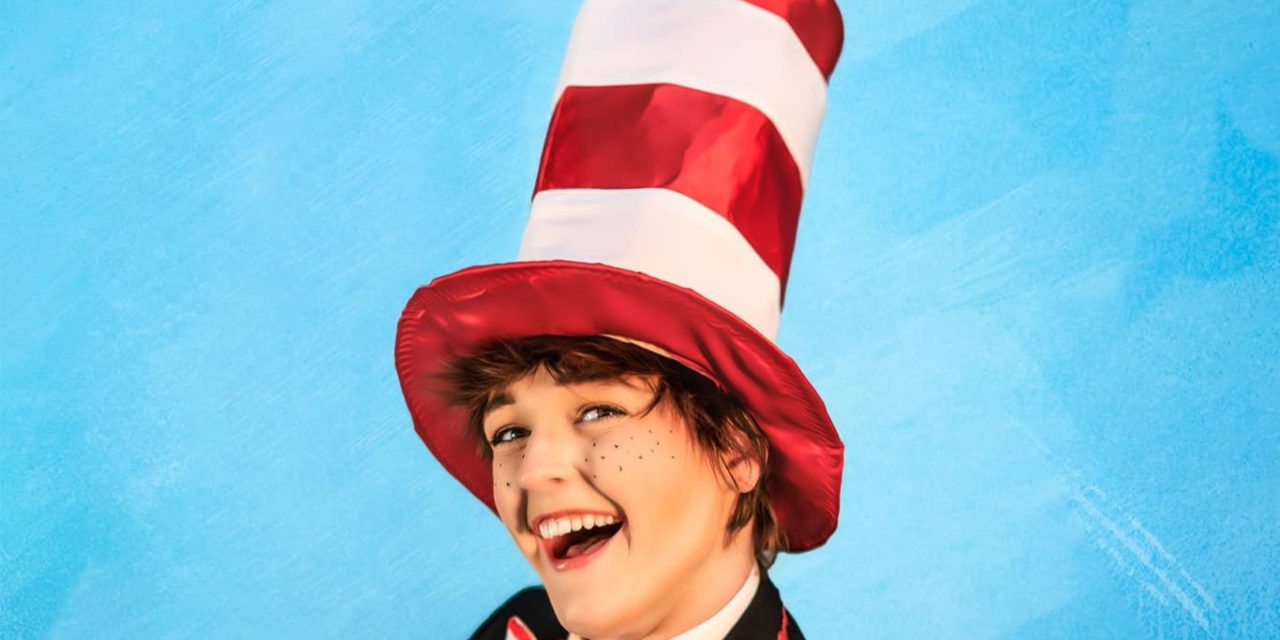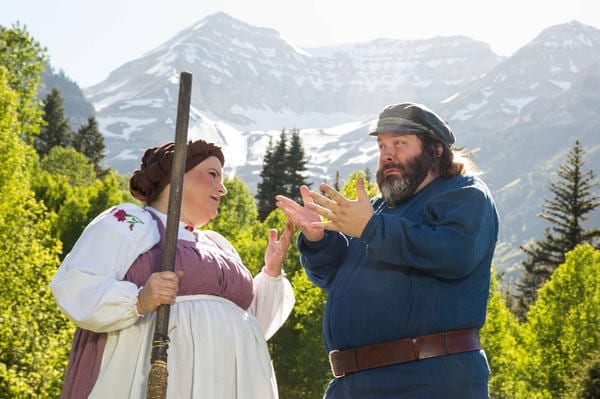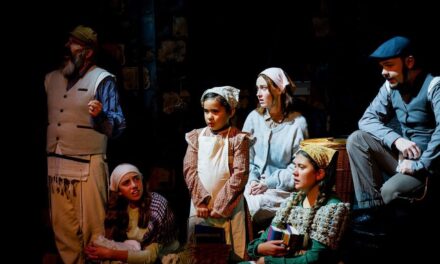KAYSVILLE — When it is too hot to go out, too sunny to play ball, the Hopebox Theatre has a musical for all. Seussical the Musical (with music by Stephen Flaherty and lyrics by Lynn Ahrens, and a book by both Flaherty and Ahrens), is produced by the Hopebox Theatre with direction by Alyn Bone and music direction by Brittney Salazar. Seussical is a blend of Dr. Seuss stories, primarily featuring the characters Horton (from “Horton Hears a Who” and “Horton Hatches the Egg”) and the Cat in the Hat. Over the course of the show, the characters explore the themes of imagination, compassion, kindness, diligence, and gratitude.
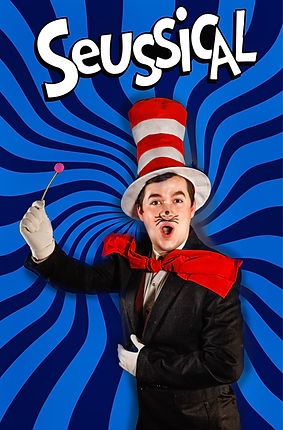
Show closes August 19, 2023.
Seussical the Musical begins by introducing a boy with a “think,” Jojo (played by Bradley Chapman), who meets the perennial busy-body (and the play’s emcee) the Cat in the Hat (played by Sarah Graham). The story introduces Horton the Elephant (played by Ethan Chapman), who has discovered the speck that is the Whos. Despite the disbelief of the other animals in the Jungle of Nool, Horton defends his discovery and the validity of Whoville for “a person’s a person, no matter how small.” Gertrude McFuzz (played by Emilie Miller) believes in Horton and seeks for him to notice her, even as Horton takes on the responsibility of caring for an egg left by Mayzie (played by Brittany Koontz). Throughout the story, various moments from Seuss’s stories appear, including a humorous moment of Christmas time in Whoville where the Grinch (played by Garret Ashby) tells his own Christmas story.
As the heroic pachyderm Horton, Ethan Chapman delivered a sincere and consistent performance as the defender of Whoville and protector of the egg. In a lovely duet with Bradley Chapman as Jojo, the vocal performance of the two was particularly moving in expressing what friendship and belief can mean. Koontz as the lazy bird Mayzie was hilarious and was a joy to watch, as Koontz is a starring presence in each appearance giving fabulous energy. As the Cat in the Hat, Graham grew into the humor and chaos of the character in the second act, beginning with the conducting of the Entr’acte opening. Graham amped up the fun with the variety of roles in the second act as an auctioneer and Circus McGurkus ringmaster.
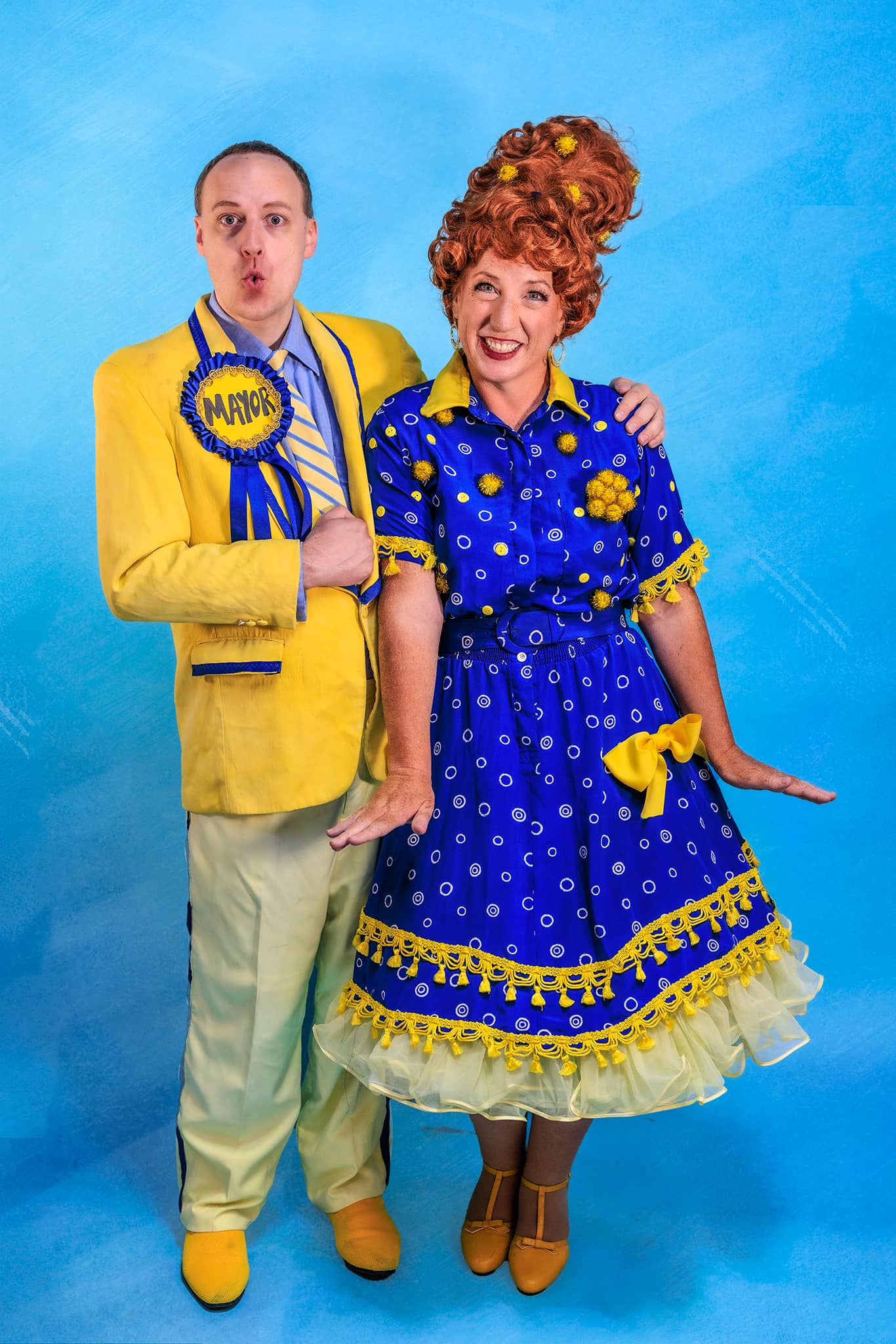
As a musical, the lyrics have a Seuss rhyme and lilt that is distinct and fitting from the original works. However, some of the intricacies of Seuss’s words and phrases meant that the enunciation was difficult to understand, and thus the lyrics lost some of their humor. This was particularly a challenge in the larger ensemble numbers, but even some of the leading actors with microphones had challenges with their diction. Improved enunciation would have helped the production greatly. Fortunately, familiarity with the characters, simplicity of the story, and clarity of the lead performances allowed the musical story to still be understood.
The production has a large ensemble and with full cast musical numbers, and the group easily fills the whole stage. The costumes designed by Hannah Beames and Cassie Beames helped distinguish and add variety for the members of the cast. Using color and brightness to richly detail the world of Dr. Seuss, the animal characters were gently suggested, rather than literal, which contributed to the storybook feeling. For example, Horton was dressed in a tan safari vest and hat, and Mayzie the bird resembled a showgirl design with peacock feathers. Differing color schemes helped separate the world of the Jungle of Nool from the citizens of Whoville.
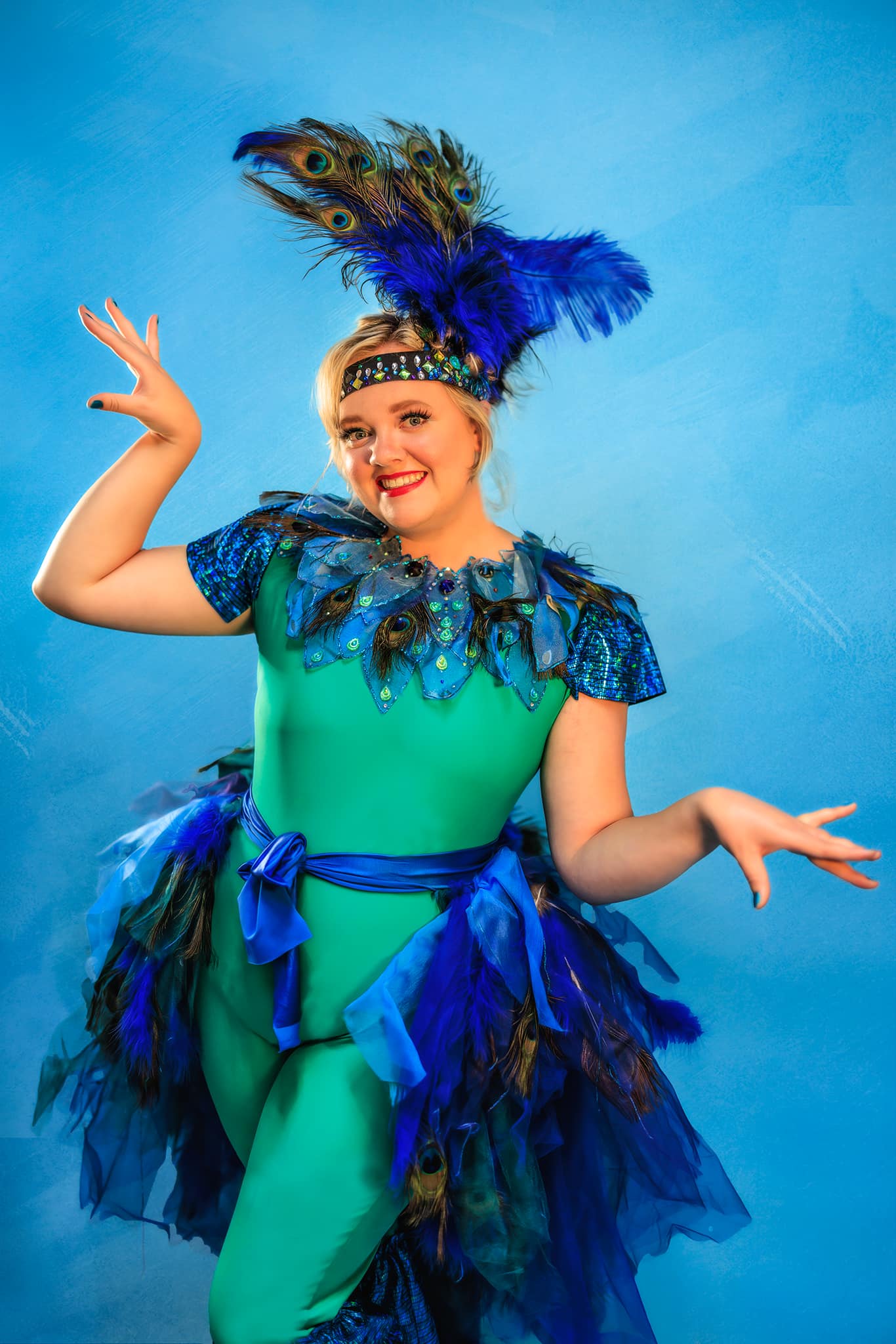
The set design by Breanna Self mimicked the Seuss style and also was easy to change from the various settings of the musical. The design included an elevated platform that allowed for better staging of the large cast. This platform was cleverly designed as Seuss books stacked on top of each other with the titles written on the sides and was a great centerpiece to the set. The set easily transitioned to the Jungle of Nool or the egg nest without hindering the pace of the show. Charmingly, two deckhands dressed as Thing 1 and Thing 2 assisted in changing the scenes, which added to the overall fun of the production.
The lighting design by Nathan Saunders was perplexing, though. The light design incorporated spots in the front lighting, but the actors never seemed correctly lit by the spots on the stage. At times the spotlights would completely miss the actors — or perhaps the actors missed the spots. This problem recurred so frequently and was very distracting. This is compounded by the use of dimmer floodlighting throughout the show that made the performers’ faces hard to see when they missed the brighter spots.
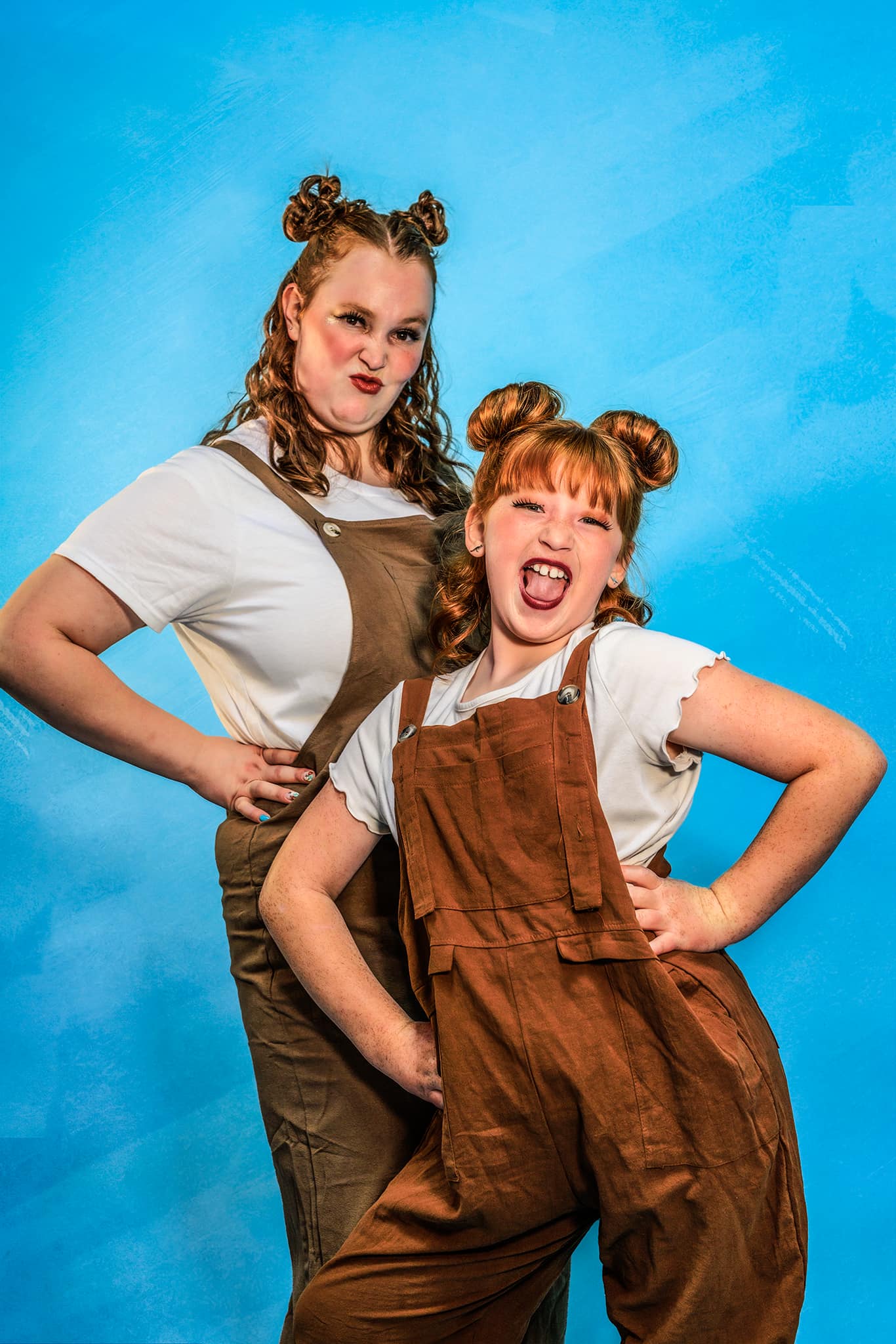
Seussical the Musical at the Hopebox Theatre has moments that give the production a joyful delight. As a community coming together at the Hopebox, the limitations of the production are overwhelmed by the sincerity of the music and storytelling. In addition to entertaining its audience, supporting Wall of Hope recipient Dee Ann Barney gives the production special meaning. With a production lovely in simplicity, the Hopebox succeeds in bringing the stories of Seuss to the stage.

